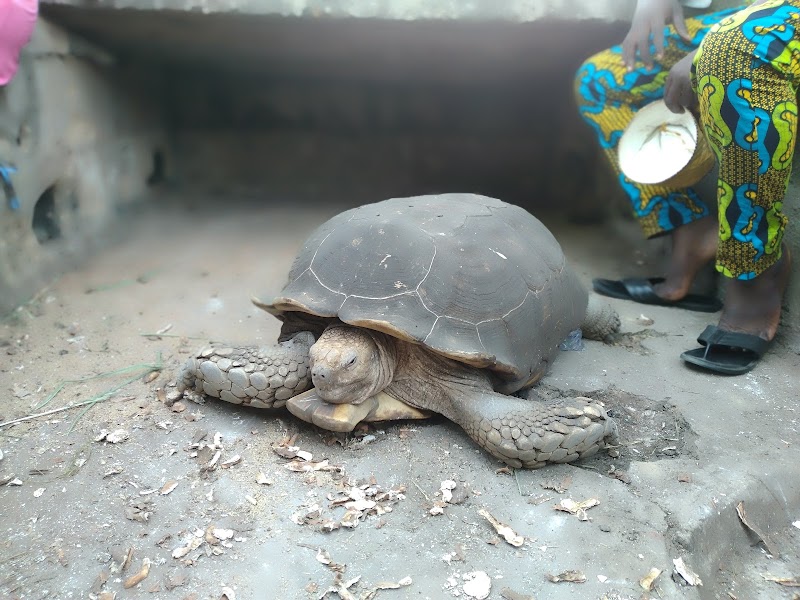
Old Oyo National Park Adventures
Old Oyo National Park protects the remnants of the ancient Oyo Empire capital and offers diverse savanna wildlife, historic ruins, and a mix of hiking and wildlife viewing opportunities.
About Old Oyo National Park

Old Oyo National Park is located in southwestern Nigeria, spanning parts of Oyo and Kwara states. It covers over 2,512 square kilometers of predominantly Guinea savanna. The park preserves historical remnants of the old Oyo Empire, including the ruins of Oyo-Ile, the empire's ancient capital, which is of great archaeological and cultural significance. Ecologically, the park is home to a variety of wildlife species including African elephants, buffalo, roan antelope, waterbuck, bushbuck, and several primate species such as olive baboons and patas monkeys. Birdlife is abundant, with over 300 identified species, making it a notable birdwatching destination. The park features rolling grasslands, dense woodland thickets, and rocky hills. Visitors can engage in guided game drives, nature walks, and heritage tours that explore the archaeological sites and traditional Yoruba architecture. The Old Oyo ruins and surrounding landscape make this park not only a natural reserve but also a center for cultural education and historic preservation. Its relatively remote location means it is less crowded than other national parks, providing a serene experience for wildlife enthusiasts and history buffs alike. The park’s management focuses on conservation efforts to sustain the endangered species and maintain the integrity of the historic sites. Visitor facilities include designated campgrounds and picnic areas, with local guides available to enrich the experience with stories of Yoruba history and wildlife ecology.
Highlights
Ruins of Oyo-Ile, the ancient capital of the Oyo Empire
Diverse populations of savanna wildlife including elephants and antelopes
Over 300 species of birds, notable for birdwatching
Scenic granite outcrops and woodland thickets ideal for hiking
Notable Natural Features
Oyo-Ile Ruins
The ruins of the old imperial city which was once the seat of the powerful Oyo Empire, showcasing traditional Yoruba mud walls and palace foundations.
Granite Outcrops
Large rocky formations offering panoramic views of the park’s savanna landscape and ideal spots for light climbing and photography.
Savanna Wildlife
Habitat supporting elephants, buffalo, roan antelope, and various primates, providing excellent opportunities for wildlife observation.